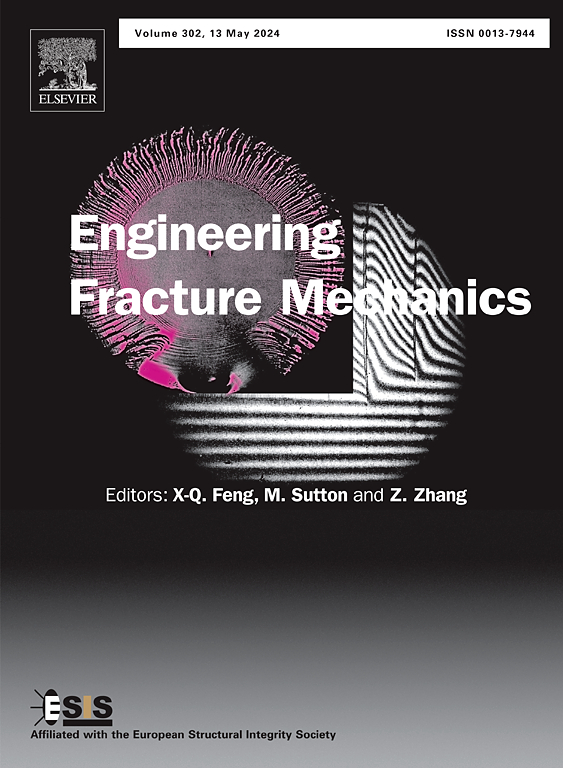利用直径为 100 毫米的样品进行 SCB 试验的潜在抗裂指数:实验研究和机器学习分析 XGBoost-SHAP
IF 4.7
2区 工程技术
Q1 MECHANICS
引用次数: 0
摘要
本文章由计算机程序翻译,如有差异,请以英文原文为准。
Potential cracking resistance indices for the SCB test utilising 100 mm diameter samples: Experimental investigation and machine learning analysis XGBoost-SHAP
This study aims to conduct an extensive and comprehensive investigation of range of potential cracking indexes available in the literature for the SCB test. In contrast to studies on 150 mm diameter SCB samples, this study focused on 100 mm diameter samples. This work is an effort to develop and accommodate SCB tests for specimens with 100 mm diameters prepared by either Marshall or gyratory compaction methods or cores from existing pavements. Four indices were compared and analysed, namely, the flexibility index (FI), cracking resistance index (CRI), cracking tolerance index (SCB-CTI), and rate-dependent cracking index (RDCI). The study used advanced analysis of machine learning (ML) integrating open-source library XGBoost and SHapley Additive exPlanations (SHAP) as support tools to analyse the sensitivity of the indexes, providing a clearer picture of the usefulness of each index. The study found that cracking indexes have good correlation to each other’s. Sensitivity analysis with the help of ML shows that CRI is the best choice among the investigated indexes. However, none of the indexes shows appropriate mechanical mechanism of the cracking resistance as lower air void samples provided lower indexes, indicating a room for improvement. Finally, the ML is found a robust technique to help scanning and evaluating the sensitivity analysis when it comes to proposing mechanical indexes for asphalt concrete testing.
求助全文
通过发布文献求助,成功后即可免费获取论文全文。
去求助
来源期刊
CiteScore
8.70
自引率
13.00%
发文量
606
审稿时长
74 days
期刊介绍:
EFM covers a broad range of topics in fracture mechanics to be of interest and use to both researchers and practitioners. Contributions are welcome which address the fracture behavior of conventional engineering material systems as well as newly emerging material systems. Contributions on developments in the areas of mechanics and materials science strongly related to fracture mechanics are also welcome. Papers on fatigue are welcome if they treat the fatigue process using the methods of fracture mechanics.

 求助内容:
求助内容: 应助结果提醒方式:
应助结果提醒方式:


